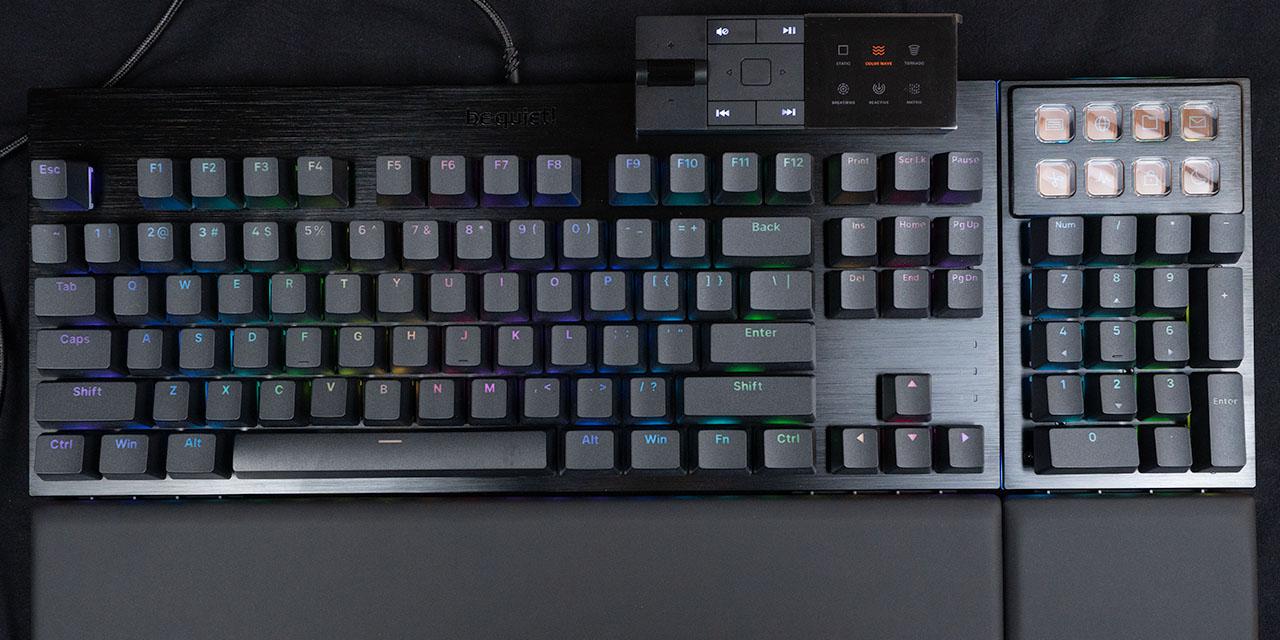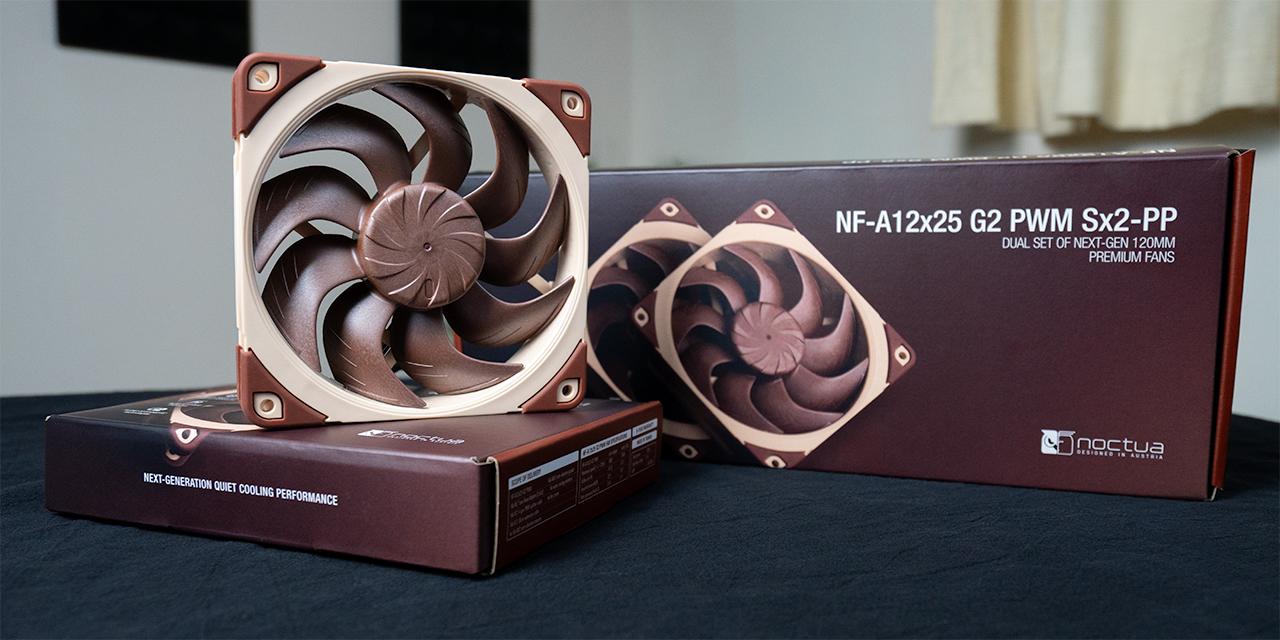Page 2 - A Closer Look, Test System
The Crucial P510 1TB is the lowest capacity variant in the company's mainstream performance PCIe 5.0-based NVMe SSD lineup. This is the PCIe 5.0 version of the Crucial P310 2280 1TB, which slots below the flagship PCIe 5.0-based T705 series. The P510 we are reviewing today does not come with a heatsink from the factory, but there is a heatsink version available. For the non-heatsink variant, you will get a sticker, as shown in our photo above. Cooling will depend on the heatsink that comes with your motherboard, or you can pick up something like the SilverStone TP05. The Crucial P510 1TB is PlayStation 5-compatible, since the total thickness is below 11.25mm.
The Crucial P510 1TB is an M.2 2280 format SSD. If you are not familiar with the M.2 physical standard, M.2 2280 means the size of the drive is 22mm by 80mm, hence its numerical designation. Its components are located on the black printed circuit board located behind the label, which we will take a closer look at in just a moment. The Crucial P510 1TB works on the NVMe 2.0 logical device interface, and plugs into compatible motherboards directly. Electrically, M.2 NVMe interfaces with PCIe 5.0. The P510 uses four lanes for up to 16,000MB/s bandwidth in each direction. The weight is unspecified, but I cannot imagine it to be any heavier than any other M.2 2280 format SSD.
Flip the Crucial P510 1TB around, and you will find no components of interest. The labels on this side of the Crucial P510 SSD carries miscellaneous information such as its model name, capacity, serial number, and regulatory certifications. Other than that, it is completely blank, as all the components are located on the other side. This SSD is assembled in Mexico, which is not as common as Malaysia for Crucial, but the same as the P3 Plus 4TB.
Remove the label and zoom a bit in, and you can see what the Crucial P510 1TB is made from. There are two key components that can be seen. At the heart of Crucial's P510 1TB is a Phison PS5031-E31. It is an NVMe solution on the M.2 socket to utilize the bandwidth afforded by the PCIe 5.0 standard. The controller also has native full drive encryption support. To save cost, no DRAM is available to the controller for system memory. Just for background, SSD DRAM is used as a cache for writing data to the drive and storing a table that maps where each logical block address is physically located on the NAND flash memory. However, DRAM chips are not cheap even if you only need 1GB of DRAM per 1TB of storage, so budget SSDs often omit it to cut cost. Instead, DRAM-less SSDs store the mapping data on the NAND flash itself, which affects performance, as flash memory is orders of magnitudes slower than DRAM. To compensate, the NVMe interface supports something called the Host Memory Buffer, which allows the use of some of your computer's RAM to cache the mapping data. This is not as fast as an SSD having its own DRAM, but still much faster than the SSD's NAND flash memory.
The Crucial P510's flash memory are Micron-branded G9 276-layer triple-level cells in one chip labeled NY309, which translates to the part number MT29F8T08EQLEHL5-36QA:E. Its rated write endurance is an excellent 600TBW, which equates to about 330GB per day for five years. On a per-gigabyte level, it is the same as the flagship Crucial T500 2TB and other budget drives like the Crucial P5 Plus 2TB and WD_BLACK SN770 NVMe SSD 1TB at 600TBW/TB, but much lower than performance drives like the Kingston FURY Renegade 1TB at 1000TBW/TB and Lexar Professional NM800 PRO 2TB at 1000TBW/TB. Its rated power consumption is not published. 24GB out of the 1024GB total capacity -- just under 3% -- is provisioned for the drive controller for overhead, so the actual usable space is 1TB, as advertised. You will see 931GB in Windows.
Specified at 11000MB/s read, 9500MB/s write, up to 1,500,000 IOPS read and write over NVMe 2.0 on PCIe 5.0 x4, these figures are impressive for a performance M.2 2280 model. It is about one-and-a-half to twice as fast as previous generation PCIe 4.0-based drives. To see how all this hardware translates to numbers in our benchmarks, we will pit the P510 1TB against some of Crucial's older models to see how this mainstream performance PCIe 5.0-based drive steps up against previous generation SSDs in the next seven pages or so.
Our test configuration is as follows:
CPU: Intel Core Ultra 7 265K
CPU Cooling: Noctua NH-D15 G2 HBC
RAM: Corsair Vengeance RGB DDR5-8400 2x24GB
Motherboard: ASUS ProArt Z890-Creator WiFi
Graphics: Integrated
Chassis: be quiet! Light Base 600 LX
Storage: Crucial T500 2TB, Crucial P310 2280 2TB (Heatsink Version)
Power: Seasonic PRIME TX-1300 ATX 3.0 1300W
Operating System: Microsoft Windows 11 Pro
Compared Hardware:
- Crucial P510 1TB
- Crucial P310 2230 2TB
- Crucial P310 2280 1TB
- Crucial T500 2TB
Page Index
1. Introduction, Packaging, Specifications
2. A Closer Look, Test System
3. Benchmark: AIDA64 Disk Benchmark
4. Benchmark: ATTO Disk Benchmark
5. Benchmark: Crystal Disk Mark 8.0
6. Benchmark: HD Tune Pro 5.70
7. Benchmark: PassMark PerformanceTest 11
8. Benchmark: PCMark 10
9. Benchmark: 3DMark
10. Conclusion





